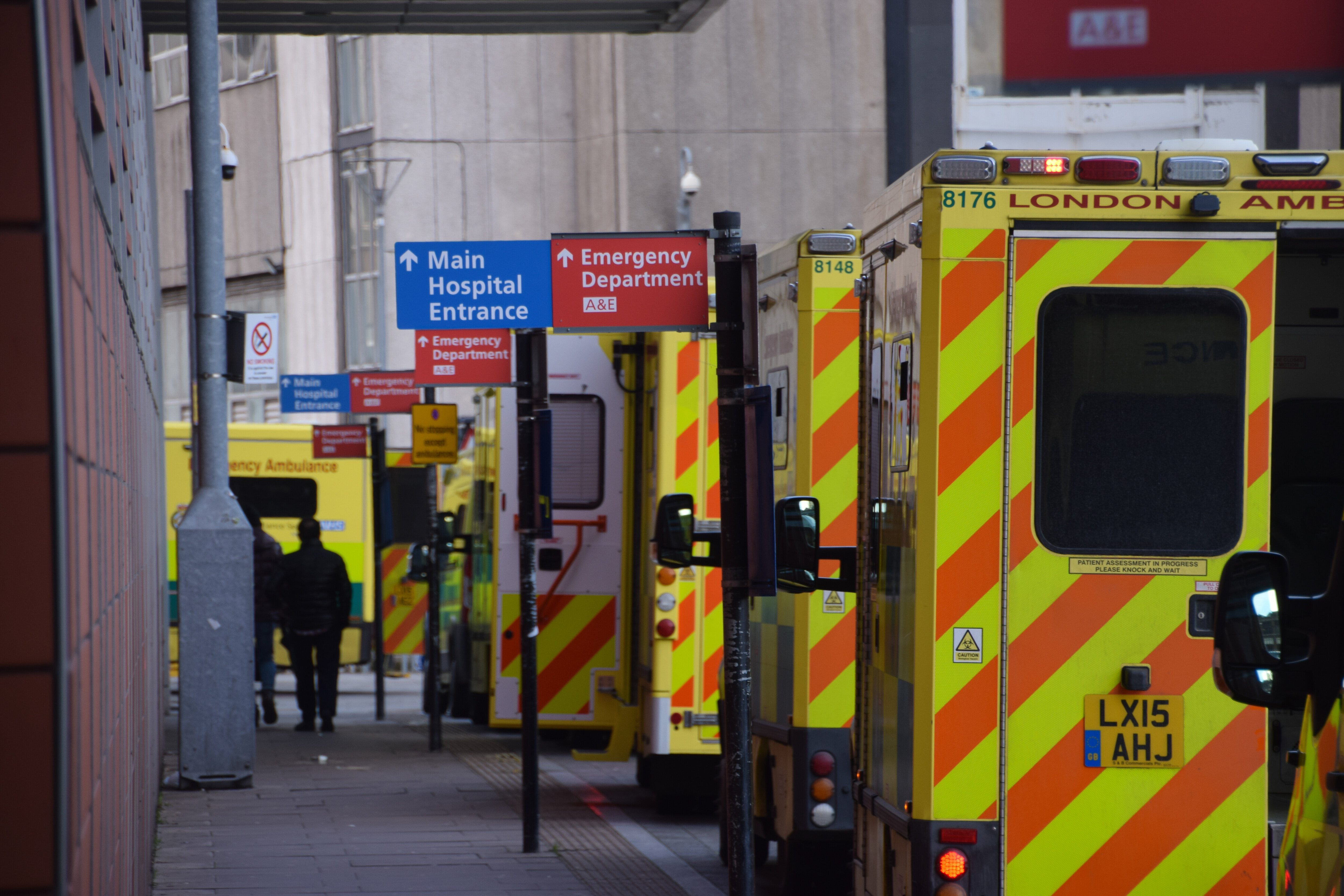All eyes will be on Boris Johnson on Monday as he sets out a plan for how England will exit its third national lockdown, a process he wants to be “cautious but irreversible”.
The exact details are yet to be confirmed but we do know the six criteria that will dictate how much and how fast society reopens.
Unsurprisingly, featuring on that list is the number of Covid infections, which Johnson has said needs to be “very low”.
How low “very low” is has also not been laid out but The Daily Telegraph has reported pushing the infection rate below 1,000 a day will be key to any easing of rules.
On Tuesday 10,625 lab-confirmed cases of coronavirus were confirmed in the UK. This is down massively from a peak of 68,053 on on January 8, but still 10 times higher than the mooted target figure.
The last time the infection rate was regularly below 1,000 a day was in August.

Here are the 25 places in the UK where case levels are the highest. These figures below show the seven-day rolling average up to February 14 for cases per 100,000 people, and then an average daily figure for that period in brackets.
-
Middlesbrough – 283 cases per 100,000 people (57 total per day average)
-
Sandwell – 265.1 (124.4)
-
St. Helens – 252.6 (67)
-
Peterborough – 276.4 (73)
-
Leicester – 247.6 (125.3)
-
Knowsley – 246.6 (53.1)
-
Walsall – 228.4 (93)
-
Bolton – 226.4 (93)
-
Luton – 223.9 (68.1)
-
Nottingham – 217.5 (103.4)
-
Rotherham – 213.3 (80.9)
-
Slough – 207.3 (44.3)
-
Wolverhampton – 204.7 (77)
-
Salford – 203.2 (75.1)
-
Nottinghamshire –203 (240.1)
-
Bury – 200.5 (54.7)
-
Sunderland – 200.2 (79.4)
-
Blackburn with Darwen – 198.4 (42.4)
-
Tameside 195.1 (63.1)
-
Birmingham – 195 (318.1)
And on regional level:
-
East Midlands – 176.7 cases per 100,000 people (1,220 total per day average)
-
West Midlands –170.4 (1,444)
-
North West – 168.4 (1,766)
-
North East – 156.5 (597)
-
Yorkshire and The Humber – 145.2 (1,142)
-
East of England – 117.1 (995)
-
London – 102 (1,305)
-
South East – 92.7 (1,215)
-
South West – 87.4 (702)
Away from daily infection numbers, there are five other criteria the government will be considering when it reveals its road map out of the pandemic next week:
Number of people in hospital
The latest figures show there were 20,929 people in hospital with Covid on Sunday, the first time it has dropped below the peak of the first wave (21,687 on April 12) and just over half the 39,241 inpatients on January 18.
But when the second lockdown ended at the start of November, there were 13,102 patients in hospital. And when the first lockdown ended on July 4, there were 2,801 – so we may still have a way to go.
Deaths
The UK recorded 799 deaths within 28 days of a positive test on Tuesday, a fall of nearly 25% in a week – but still extremely high, as is the seven-day average of 621. The highest daily number of deaths reported was 1,820, on January 20.
Just as with the infection rate, the government has not set a figure it wants to reach before lifting restrictions.
But David Spiegelhalter, a leading statistician at Cambridge University, told Times Radio on Tuesday the UK could see death rates back to “normal” by March. “We’re coming down actually remarkably fast,” he said.
The UK was, by contrast, recording an average 309 deaths a day when the second lockdown lifted in November, and 43 when Britain opened up in July.
The R rate
The reproduction number, or R rate, of coronavirus transmission across the UK is now below 1 for the first time since July.
According the Government Science Office it is estimated to be between 0.7 and 0.9.
R measures the number of people, on average, that each sick person will infect. If R is greater than 1, the epidemic is generally seen to be growing; if R is less than 1 the epidemic is shrinking.
The impact of the vaccination
Crucial to the lifting of lockdown is the vaccination programme. The government is looking at not just what percentage of the population have been vaccinated and given protection themselves, but whether people who have been vaccinated are actually less likely to carry and transmit the virus.
Nadhim Zahawi, the vaccines minister, said on Tuesday the preliminary evidence on the effect of vaccines on transmission was “really encouraging”.
“We have a couple of very large-scale studies related to giving us better data on the vaccines,” he told BBC Radio 4’s Today programme. “We should be able to see really good data in the next few weeks from those studies.”
But Zahawi also warned it was currently unclear how much of the reduction in infections being seen is down to lockdown restrictions or the vaccine rollout.


